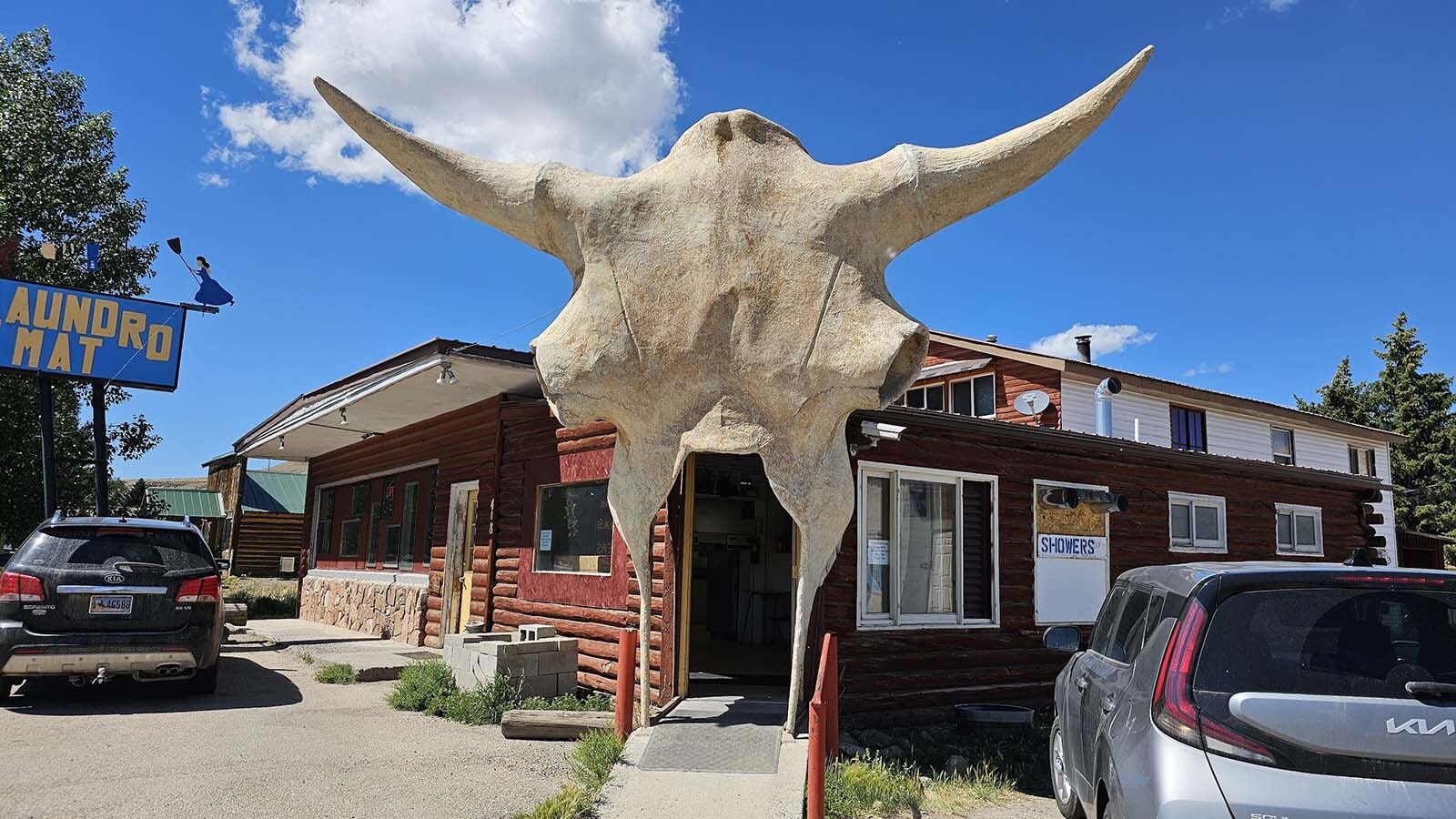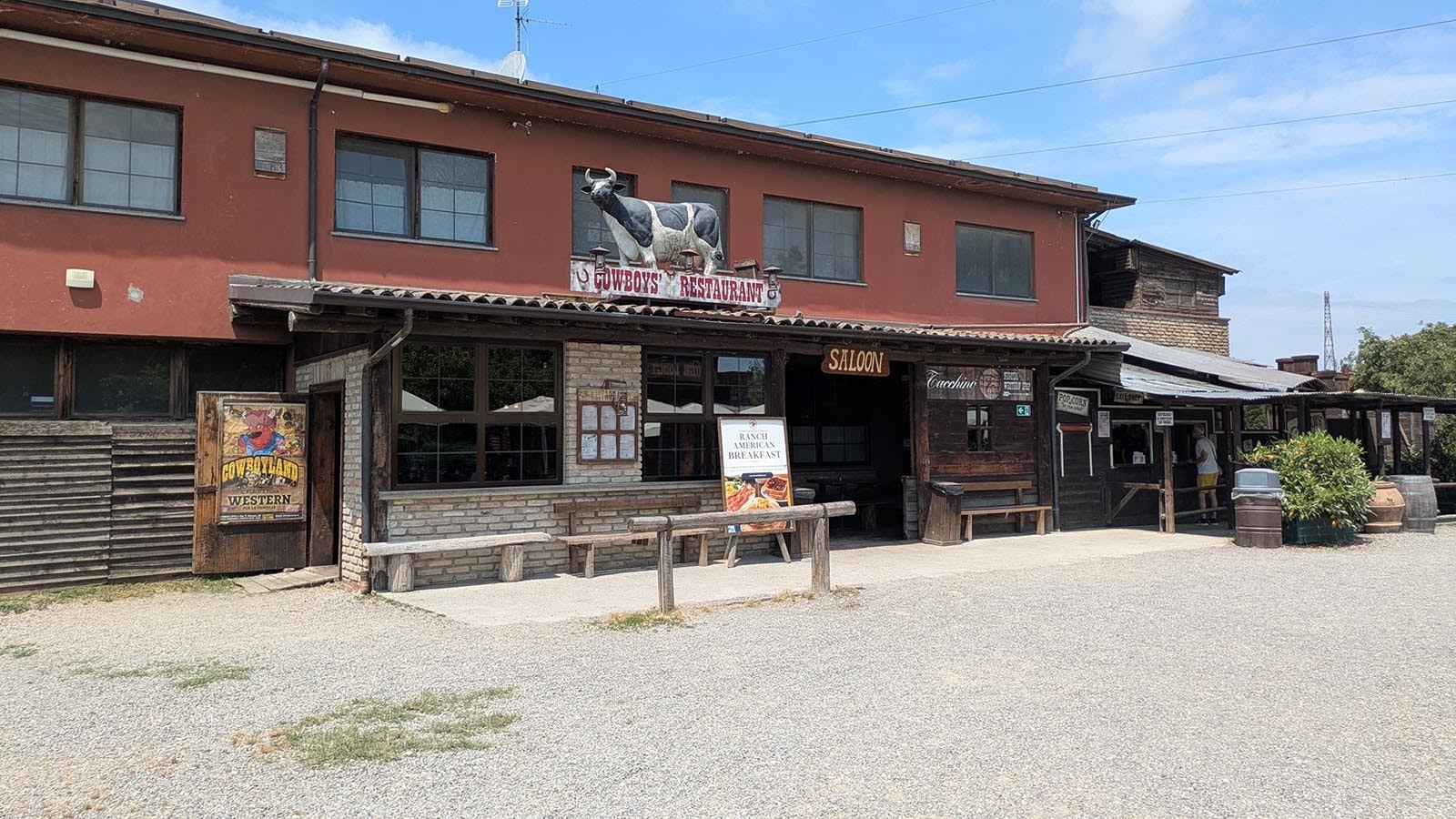Record visitor numbers in Yellowstone National Park in July have strained the park’s staff and services in ways not seen in the Park’s 149-year history, according to officials.
Last month, the park reported a record 1,080,000 visitors.
Mike Keller, general manager for Xanterra Parks and Resorts in Yellowstone, said his staff was largely prepared for high visitation numbers throughout the summer.
“This isn’t just a July situation,” he said. “You know, really, ever since travel started opening up again in the country, this spring, Yellowstone’s been a very popular destination. Because, you know, Americans can’t travel internationally, domestic travel is really kind of driving what’s happening here. And we’ve just seen high, high levels of visitation here in the park — higher than we’ve historically had in the past.”
For Xanterra, which operates all the lodging and restaurants in the park, that means that not only are the crowds larger, tempers can be shorter.
“We’ve all been on those long family vacations where it may not be the most pleasant time in the car for eight days, from place to place, but it’s still hard when we have a guest throw food in an employee’s face, or poked him in the chest, or started swearing at him,” he said.
“So, I’ve witnessed some very unpleasant interactions between customers and our employees; but I’ve also witnessed some customers go out of their way to really thank our staff, and be appreciative that they’re even there to try to assist them and help them,” he added. “But some people have come in here and could have exercised better behavior.”
Keller noted other parks besides Yellowstone are experiencing the issues associated with overcrowding.
“This is kind of a nationwide trend,” he said. “All national parks are reporting strong visitation, strong interest in coming to see these national treasures.”
Keller added that the high volume of people in parks, coupled with pandemic-related supply chain issues, means further complications in an already stressful summer.
“It’s been very challenging,” he said. “As part of the supply chain challenges, there’s not enough truck drivers, so there’s merchandise and product, but nobody can drive from point A to point B. And then from there, get it to us so that we can actually sell it within our operations, within the park.”
“We’ve had to change menus almost on a day by day basis at some operations, just because we’re unable to get a steady supply of the products we need to provide certain meals for our guests,” he said.
And just like at businesses across the rest of the country, staffing is a problem in the national parks as well.
“We’ve increased wages,” he said. “We’ve offered free housing this year, we’ve tried to do things to help make the awesome experiences a little more enticing for somebody to want to come work for us here in the park. But staffing has been a challenge.”
And that means that for visitors, some services are limited.
“We have about 80% of our services open this year,” he said. “Some things we just didn’t open – so that’s kind of helped with our staffing, because we don’t need that extra 200 or 300 employees to fill those gaps. But having said that, we are still seeing challenges, especially in food and food (preparation). And as a result, we haven’t opened some restaurants; sit-down dining is very limited here in the park. Some restaurants are open, but they’re buffet only, they’re not a full menu.
“But you know, there’s times where the lines can back up – when you’re the only restaurant open, you’re trying to feed 1,000 people at a location at seven o’clock at night, it can get backed up pretty fast,” he continued. “So we’re doing the best we can to try to keep recruiting employees and trying to streamline our menu process so visitors aren’t having to wait too long.”
Keller said the record-setting pace for visitors does not appear to be ending soon.
“You know, our record-ever visitation was about 4.2 million visitors; we’re on pace for about 4.7, 4.8 million visitors this year,” he said. “So we’re talking a 10% to 15% increase over the last year from our biggest year, which was 2017.”
But on the bright side, Keller said, Wyoming is a big place.
“Yellowstone is big, Wyoming is big,” he said. “There’s a lot of great places to go to, and kind of spread out, but at the same time, that’s a lot of people in a small area where there’s very limited infrastructure, I think, to support all the demand that’s happening in this region.”





